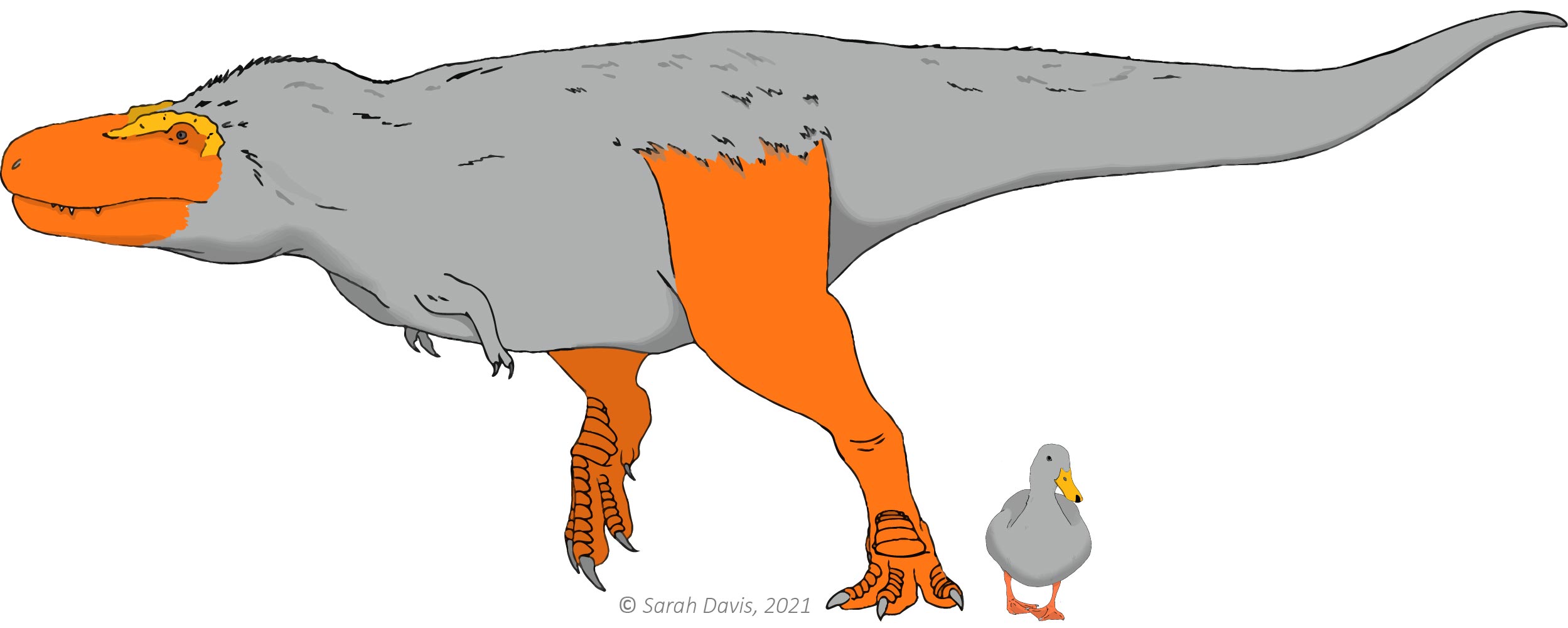How COVID Changed the World
” data-newsletterpromo_article-button-link=”https://www.scientificamerican.com/page/newsletter-sign-up/?origincode=2018_sciam_ArticlePromo_NewsletterSignUp” data-newsletterpromo_article-button-text=”Sign Up” data-newsletterpromo_article-image=”https://indexofnews.com/wp-content/uploads/sites/2/2022/02/localimages/4641809D-B8F1-41A3-9E5A87C21ADB2FD8_source.png62172140611dd.jpg” data-newsletterpromo_article-text=”
Sign up for Scientific American’s free newsletters.
” =”articleBody” name=”articleBody”>
When the first wave of coronavirus infections hit the U.S. in March 2020, what kept me up at night was not only the tragedy of the acute crisis but also the idea that we might soon be facing a second crisis—a pandemic of chronic illness triggered by the virus. I had just finished reporting and writing a book about infection-associated syndromes and contested chronic illnesses, long an underresearched and dismissed area of medicine. Medical science has increasingly understood that infections can trigger ongoing physical symptoms in a subset of people, yet the medical establishment has typically ignored the experiences of those people. Such conditions include myalgic encephalomyelitis/chronic fatigue syndrome (ME/CFS), so-called chronic Lyme disease, and more.
Sure enough, later that spring a cohort of patients who had caught the coronavirus in March began reporting that they were still not better. In online message boards, patients began sharing stories of what they called long COVID. Groups of “long haulers” banded together to call for more attention and research into their plight.
The clamor, combined with the scope of the problem, had a clear impact on medical attitudes, making long COVID visible in ways that ME/CFS had struggled for decades to become. In a matter of months centers dedicated to treating long COVID sprang up at respected research hospitals, such as the Center for Post-COVID Care at Mount Sinai in New York City. In itself, this is a hopeful development: when I got sick with a similar condition a decade ago, I longed for such a place.
The effects on research, too, have been dramatic, with scientists at numerous academic medical centers working to understand what long COVID is, how to measure it and how best to treat or manage it. Akiko Iwasaki, an immunologist and head of a laboratory at the Yale School of Medicine, is one of them. “I used to focus mainly on acute infectious diseases, but with long COVID on the rise, a big chunk of my lab now focuses on long COVID and other postacute infection syndromes,” she says. David Putrino, director of rehabilitation innovation for the Mount Sinai Health System, says he is “seeing a sharp increase in interested researchers,” in part because funding agencies such as the National Institutes of Health “have begun allocating increased resources to long COVID.”
Two years into the pandemic, long COVID remains one of the biggest threats it poses. Early estimates suggest that anywhere from 10 to 50 percent of unvaccinated people infected with the virus develop long-term symptoms. Vaccines may reduce the risk by as much as 50 percent, but according to Putrino, they do not eliminate it.
Yet long COVID was rarely discussed in public health messaging during the Delta and Omicron waves; officials focused on acute severe disease and death and largely ignored the debilitating—and life-altering—long-term effects that the virus has on so many people. We’ve had even fewer conversations about the societal responsibilities we have toward a growing generation of sick people, many of whom are between the ages of 30 and 50.
This lack of concern is even more surprising considering that we still understand little about the condition, including what causes it. Some theories suggest that the virus triggers rampant inflammation or autoimmune disease, others that the virus itself may persist in tissues in the body. What we do know is that millions of people are seeking care for a staggering array of symptoms that include fatigue, brain fog, racing hearts, breathlessness, pain, and more. The task of treating all these patients is exposing some of medicine’s enduring weaknesses.
Modern medicine is based on replicability. Since the advent of germ theory in the 19th century, the field has taken an “if you can’t measure it, it doesn’t exist” view, as Harvard University researcher Susan D. Block put it to me. Medicine has a long history of stigmatizing diseases it does not understand and cannot yet readily measure. Clinicians like to be able to treat diseases that resolve. When patients present with chronic conditions or an array of systemic symptoms that are hard to quantify, doctors do not have quick fixes to offer. These patients are often dismissed as malingerers or as suffering from a psychosomatic condition—and so it still is with long COVID.
Some patients have reported seeing doctors who want to help but lack the skills and bandwidth to do so. Early in the pandemic, staff at the Center for Post-COVID Care at Mount Sinai would spend hours with patients during their intake sessions. Compare that with the silo-based U.S. health-care system, which is designed to maximize efficiency: its basic building block is a 15-minute visit with a clinician. To treat long COVID effectively, then, Putrino thinks medicine needs more than just an infusion of interest and money. Additional funding, he says, will not “lead to a meaningful cultural change in the research and clinical world” until research centers start “actively involving people with these conditions” in the decision-making process.
The potential for transformation goes far beyond long COVID. Understanding what causes this condition might illuminate treatments for ME/CFS, tick-borne illness and other diseases that involve dysfunction of the immune system, many of which are on the rise. “I believe understanding the pathogenesis of long COVID not only will help reveal parallel mechanisms for ME/CFS but also may hold a key to understanding autoimmune diseases, as many autoimmune diseases occur postinfection,” Iwasaki says.
It is time for medical researchers to investigate these long-contested illnesses with the full force of science’s power and for medical educators to train doctors in how to effectively care for chronically ill patients. If they do not, they will be failing not only this generation of patients but many millions more to come.
Note: This article have been indexed to our site. We do not claim legitimacy, ownership or copyright of any of the content above. To see the article at original source Click Here













